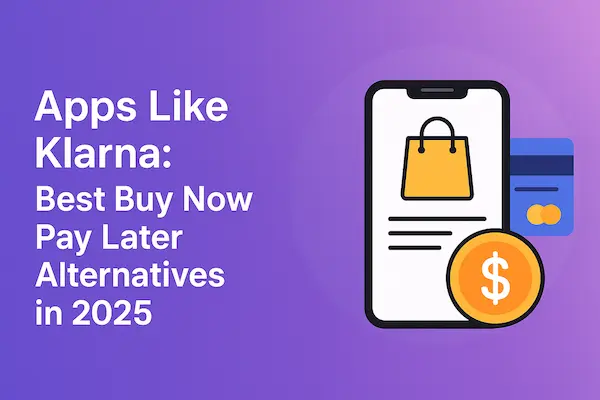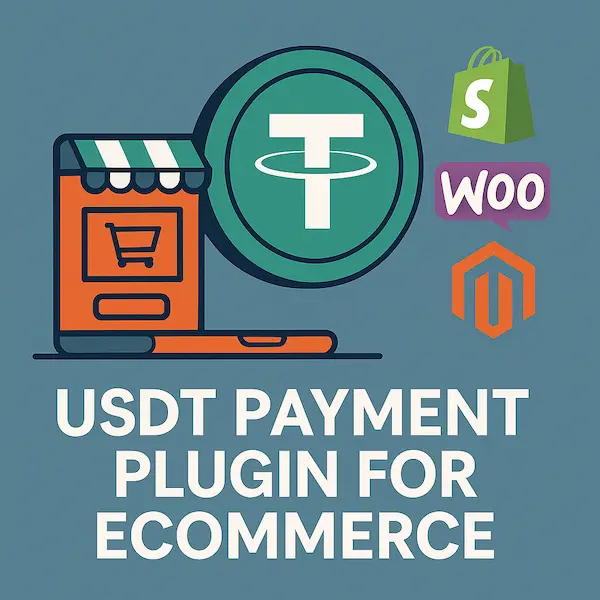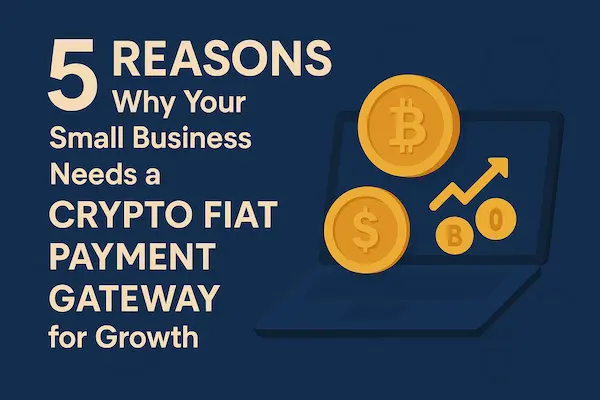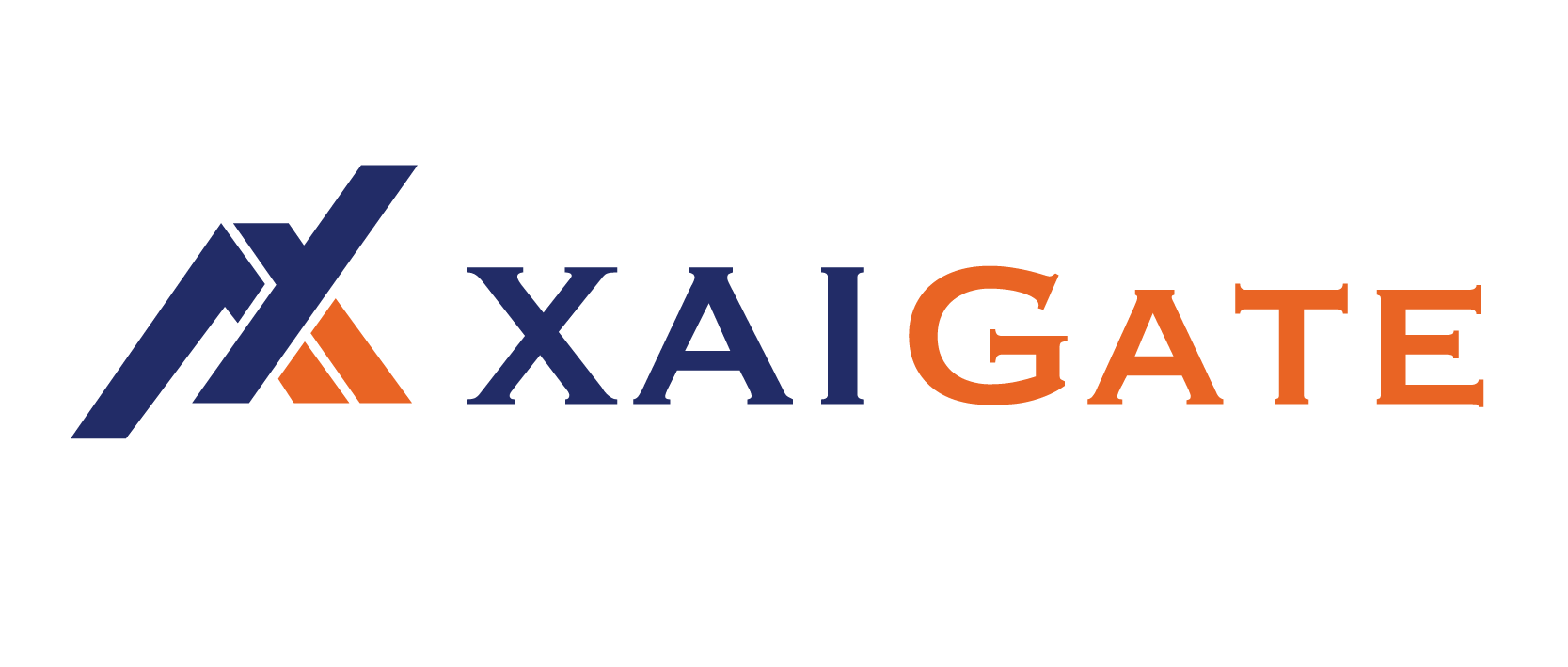The decision to determine the type of payment to implement in the digital market would spell the difference between success and failure in your online business. Customers want their checkout process to go smoothly and merchants want to access cost-efficient options, it is therefore, no surprise that the competition between crypto payments, PayPal, and Stripe is becoming more heated than ever. All the options have their own special benefits, however, it is unclear what exactly could be Choosing the Best Payment Method for Online Stores in 2026: Crypto, PayPal, or Stripe what would work with online stores in 2026.
This in-depth analysis looks at all the three methods of payment and tears down their functionality, prices, security, and how they perform in real-time. Having a banking system for your e-commerce site or wanting to improve the one you have now, this guide would be useful in making a good choice.
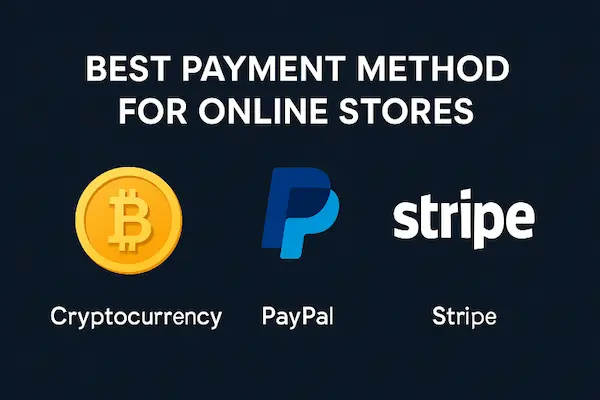
Contents
- 1 Understanding the Best Payment Method for Online Stores in 2026
- 2 Crypto Payments: The New Frontier
- 3 PayPal: The Trusted Veteran
- 4 Stripe: The Developer’s Choice
- 5 Detailed Comparison Tables
- 6 Implementation Considerations
- 7 Geographic Considerations
- 8 Future Outlook and Trends
- 9 Risk Assessment
- 10 Making the Decision
- 11 Conclusion
- 12 Frequently Asked Questions: Best Payment Method for Online Stores
Understanding the Best Payment Method for Online Stores in 2026
The payments market has developed in recent years significantly. The King of payments is expected to reach more than 3 trillion dollars by the year 2028, and the need for digital payments is on the roar in all age groups. The selection of online merchants has never been wider and each of them offers rather specific trade-offs.
Historically, payment processors such as PayPal have enjoyed the market: they are familiar to most people, and have been accepted widely. In the meantime, newer entrants such as Stripe turned the technical side of payment processing upside down, with developer friendly APIs and clear pricing. Most recently, there is the use of cryptocurrency payments that offer cheaper charges and geographical extensibility.
The burning question is not what payment option is simply the best, but which quickens your particular business needs, customer base and plans regarding growth.
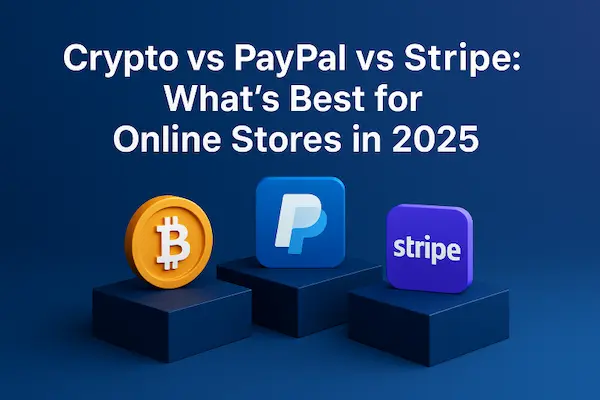
Crypto Payments: The New Frontier
Current Market Position
Cryptocurrency payments represent the newest addition to the e-commerce payment ecosystem. 46% of surveyed merchants have integrated cryptocurrency payments into their accepted payment methods, with 82% citing the elimination of middlemen as the primary reason. However, adoption remains relatively niche compared to traditional methods.
Cryptocurrency payment adoption is set to surge 82.1% in two years, driven by crypto-friendly regulatory changes and payment provider expansion. But usage will remain niche, reaching just 2.6% of the population. This suggests significant growth potential while acknowledging current limitations.
How Crypto Payments Work
Crypto payments operate on blockchain networks, allowing direct transactions between customers and merchants without traditional banking intermediaries. Popular cryptocurrencies for e-commerce include:
- Bitcoin (BTC): The most recognized cryptocurrency
- Ethereum (ETH): Enables smart contract functionality
- Stablecoins (USDC, USDT): Pegged to stable assets like the US dollar
- Lightning Network: Enables faster, cheaper Bitcoin transactions
Advantages of Crypto Payments
Lower Transaction Fees: Traditional payment processors typically charge 2-4% per transaction, while crypto payments can cost as little as 0.2-1%. ( Only 0.2% with XAIGATE )
Global Accessibility: Cryptocurrency payments work anywhere with internet access, eliminating geographic restrictions and currency conversion issues.
Faster Settlement: While traditional payments can take 2-5 business days to settle, crypto transactions often complete within minutes or hours.
Reduced Chargebacks: Crypto transactions are irreversible, eliminating costly chargeback disputes that plague traditional payment methods.
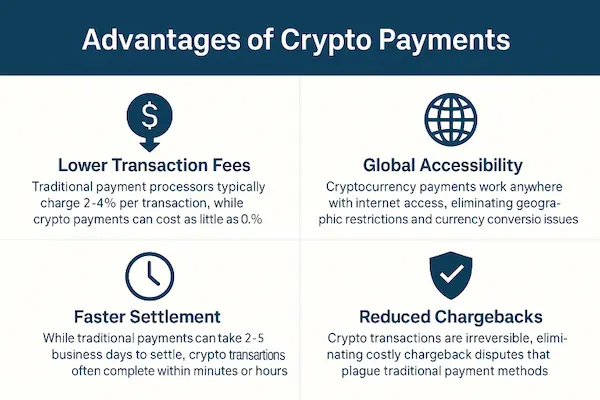
Disadvantages of Crypto Payments
Price Volatility: Cryptocurrency values fluctuate significantly, creating potential losses between transaction and conversion times.
Limited Consumer Adoption: Private cryptocurrencies and stablecoins represented less than 0.2 percent of global e-commerce transaction value in 2026.
Technical Complexity: Setting up crypto payments requires technical knowledge and specialized payment processors.
Regulatory Uncertainty: Changing regulations across different jurisdictions create compliance challenges.
Best Use Cases for Crypto
Crypto payments work best for:
- International businesses seeking to avoid currency conversion fees
- Digital product sellers (software, NFTs, online services)
- High-value transactions where fee savings justify the complexity
- Businesses targeting crypto-savvy demographics
PayPal: The Trusted Veteran
Market Dominance
PayPal has established itself as a household name in online payments. PayPal reached $1.68 trillion in total payment volume (TPV), a 10% rise, demonstrating continued growth despite increased competition. PayPal boasts a 25% market share in Europe, making it a preferred choice among online shoppers.
How PayPal Works
PayPal operates as a digital wallet and payment processor, allowing customers to pay using:
- Linked bank accounts
- Credit and debit cards
- PayPal balance
- Buy Now, Pay Later options through Pay in 4
The service handles all payment processing, fraud protection, and customer disputes on behalf of merchants.
PayPal’s Strengths
Brand Recognition: PayPal is one of the most trusted payment brands globally, with customers feeling secure entering their PayPal credentials.
Easy Integration: PayPal has a slight edge over Stripe regarding online payment services, primarily because it requires little integration to support its payment methods.
Comprehensive Services: Beyond payment processing, PayPal offers invoicing, subscription management, and peer-to-peer payments through Venmo.
Buyer Protection: Robust dispute resolution system provides confidence for both buyers and sellers.
Multiple Payment Options: PayPal offers its own BNPL platform, Pay in 4, and peer-to-peer payment app, Venmo.
PayPal’s Limitations
Higher Fees: PayPal charges 2.59%-3.49% + $0.49 per transaction for online payments, making it more expensive than competitors.
Account Holds: PayPal sometimes freezes merchant accounts for suspicious activity, potentially disrupting cash flow.
Limited Customization: The checkout experience is largely controlled by PayPal, offering less branding flexibility.
International Limitations: While available in many countries, PayPal doesn’t support all global markets.
Best Use Cases for PayPal
PayPal excels for:
- Small to medium businesses prioritizing ease of use
- Merchants selling to consumers who prefer familiar payment methods
- Businesses requiring integrated invoicing and subscription features
- International sellers in PayPal-supported countries
Stripe: The Developer’s Choice
Technical Leadership
Stripe has revolutionized payment processing through its developer-first approach. Stripe processed $1.4 trillion in total payment volume, a 38% year-over-year increase, showcasing impressive growth and market acceptance.
How Stripe Works
Stripe provides APIs and tools that developers integrate directly into websites and applications. This approach offers maximum customization while maintaining security through tokenization and PCI compliance.
Stripe’s Advantages
Transparent Pricing: Stripe is generally cheaper for online transactions with a fee of 2.9% + $0.30 per transaction, offering clear, predictable costs.
Superior Integration: Stripe claimed consistently — even if marginally won — victories over PayPal due to its increased user-friendliness in checkout, customer support, simpler fee structure, and integrations.
Advanced Features: Comprehensive suite including subscription billing, marketplace payments, and fraud prevention tools.
Global Reach: Supports payments in 135+ currencies across 40+ countries.
Developer-Friendly: Extensive documentation, testing tools, and APIs make implementation straightforward for technical teams.
Stripe’s Challenges
Technical Requirements: Implementation requires development expertise, making it less accessible for non-technical users.
Limited Physical Presence: PayPal tends to be cheaper for in-person transactions, charging 2.29% + $0.09, while Stripe charges 2.7% + $0.05.
Customer Service: Some merchants report longer response times compared to PayPal’s support.
Best Use Cases for Stripe
Stripe works best for:
- Businesses with development resources
- Companies requiring custom checkout experiences
- Subscription-based services
- Enterprises needing advanced payment features
Detailed Comparison Tables
Transaction Fees Comparison
| Payment Method | Online Transaction Fee | In-Person Fee | International Fee |
| Crypto | 0.2% – 1.0% | N/A | 0.5% – 1.0% |
| PayPal | 2.59% – 3.49% + $0.49 | 2.29% + $0.09 | 4.4% + fixed fee |
| Stripe | 2.9% + $0.30 | 2.7% + $0.05 | 3.9% + $0.30 |
Feature Comparison
| Feature | Crypto | PayPal | Stripe |
| Setup Difficulty | High | Low | Medium |
| Consumer Adoption | Low | High | Medium |
| Chargeback Risk | None | High | Medium |
| Settlement Time | Minutes-Hours | 1-3 days | 2-7 days |
| Global Availability | Universal | 200+ countries | 40+ countries |
| Technical Support | Limited | Comprehensive | Developer-focused |
Security & Trust Comparison
| Aspect | Crypto | PayPal | Stripe |
| Fraud Protection | Blockchain security | Advanced AI | Machine learning |
| Dispute Resolution | None | Full buyer protection | Standard protections |
| Data Privacy | Pseudonymous | KYC required | PCI compliant |
| Regulatory Compliance | Varies by jurisdiction | Fully licensed | Financial regulations |
Implementation Considerations
For Small Businesses
Small businesses should prioritize ease of use and customer familiarity. PayPal typically offers the best balance of simplicity and trust for businesses without technical resources. The higher fees may be justified by reduced complexity and customer confidence.
Crypto payments remain impractical for most small businesses due to technical requirements and limited consumer adoption. However, businesses in certain niches (digital products, international sales) might benefit from the lower fees.
For Medium Businesses
Medium-sized businesses often benefit from Stripe’s combination of reasonable fees and advanced features. The technical investment pays off through better conversion rates and lower processing costs over time.
Consider implementing multiple payment methods to maximize customer choice while optimizing for your primary customer segments.
For Enterprise Operations
Large businesses typically require Stripe’s advanced features, including:
- Multi-party marketplace payments
- Advanced subscription management
- Custom fraud prevention rules
- Detailed analytics and reporting
Enterprise crypto adoption is growing, particularly for B2B transactions where the fee savings justify the operational complexity.
Geographic Considerations
United States Market
In the US market, all three options are viable, but customer preferences vary:
- PayPal: Preferred by older demographics and small-purchase consumers
- Stripe: Favored by mobile users and tech-savvy shoppers
- Crypto: Appeals to younger, investment-minded customers
International Expansion
For businesses planning international expansion:
PayPal offers the broadest geographic coverage but with higher fees and currency conversion costs.
Stripe provides better developer tools for multi-currency implementation but has limited country availability.
Crypto payments eliminate currency conversion entirely but face varying regulatory acceptance globally.
Future Outlook and Trends
Regulatory Developments
The regulatory landscape for cryptocurrency payments continues evolving. Recent developments suggest increased mainstream acceptance, but businesses should monitor compliance requirements in their operating jurisdictions.
Technology Advancement
Lightning Network and other second-layer solutions are making crypto payments faster and cheaper, potentially addressing current limitations.
PayPal and Stripe continue investing in new features, including enhanced fraud prevention and streamlined checkout experiences.
Market Predictions
The Global Crypto Payments Market is expected to grow at a CAGR of 14.1%. The market value is projected to increase from USD 1,294.1 Million in 2023 to USD 4,853.8 Million by 2033.
However, consumers do not see crypto as an important payment method for online shopping in 2026, suggesting continued niche adoption rather than mainstream displacement of traditional methods.
Risk Assessment
Financial Risks
Crypto payments carry volatility risk but offer protection against traditional payment disputes. Businesses should consider stablecoin options to minimize price fluctuation exposure.
PayPal and Stripe provide predictable fee structures but expose merchants to chargeback risks and account policy changes.
Operational Risks
Each payment method introduces different operational considerations:
- Crypto: Technical complexity and regulatory uncertainty
- PayPal: Account restrictions and limited customization
- Stripe: Development requirements and customer support limitations
Mitigation Strategies
Diversifying payment options reduces dependence on any single provider while catering to different customer preferences. However, this increases operational complexity and requires careful fee optimization.
Making the Decision
Decision Framework
Consider these key factors when choosing payment methods:
- Target Customer Demographics: Age, tech-savviness, and payment preferences
- Business Model: One-time purchases vs. subscriptions vs. marketplaces
- Technical Resources: Development capabilities and maintenance capacity
- Geographic Scope: Domestic vs. international operations
- Transaction Volume: Fee impact increases with volume
- Risk Tolerance: Volatility, chargebacks, and regulatory changes
Hybrid Approaches
Many successful online stores implement multiple payment methods:
- Primary processor (Stripe or PayPal) for majority of customers
- Crypto option for cost-conscious or international buyers
- Specialized solutions for specific use cases (subscriptions, B2B payments)
This approach maximizes customer choice while optimizing costs and reducing single-point-of-failure risks.
Conclusion
The dilemma of Crypto vs PayPal vs Stripe What is the best payment method choice to Online Stores in 2026? doesnt have a cross-cutting reply. Every payment method is relevant to transcend various business needs and customer preferences.
PayPal is the most secure option when compared to other payment alternative, where the emphasis is on simplicity and trust among customers. It would be suitable to small to medium businesses dealing with the mainstream consumers because it has good brand recognition and is all-inclusive in dispute coverage.
Businesses that are technically equipped will get the best mix of feature and price in stripe. The easy-to-understand prices, developer-friendly features, and sophisticated functions make it a worthwhile addition in complexity when large companies are growing.
Crypto payments are an interesting alternative to specific applications: international money transfers, online products and low-cost bulk sales. Nevertheless, their main limitation to adopting them on a large scale is lack of adoption by consumers and technical difficulty.
The smartest approach for most online stores in 2026 is implementing a primary processor (Stripe or PayPal) supplemented by crypto options for specific customer segments. This hybrid strategy maximizes conversion rates while positioning businesses for future payment evolution.
As the payments landscape continues evolving, successful merchants will remain flexible, monitoring customer preferences and new technologies while maintaining focus on seamless checkout experiences that drive sales and customer satisfaction.
The best payment Method for online stores ultimately depends on matching payment methods to business requirements, customer expectations, and operational capabilities. By understanding each option’s strengths and limitations, merchants can make informed decisions that support both current operations and future growth.
Frequently Asked Questions: Best Payment Method for Online Stores
1. Is crypto payment processing safe for online stores?
Crypto payments offer unique security benefits through blockchain technology, making transactions irreversible and eliminating chargeback fraud. However, they require proper technical implementation and secure wallet management. The biggest risks come from price volatility and regulatory uncertainty rather than security vulnerabilities.
2. Which payment method has the lowest fees for online stores?
Cryptocurrency payments typically offer the lowest fees at 0.2-1%, followed by Stripe at 2.9% + $0.30, then PayPal at 2.59-3.49% + $0.49. However, crypto’s additional complexities and limited adoption may offset fee savings for many businesses.
3. Can I use multiple payment methods on my online store?
Yes, most successful online stores offer multiple payment options to maximize customer choice. You can easily integrate PayPal, Stripe, and crypto payments simultaneously, though each requires separate setup and management.
4. Do customers actually want to pay with cryptocurrency?
Consumers do not see crypto as an important payment method for online shopping in 2026, but 46% of surveyed merchants have integrated cryptocurrency payments. While adoption remains niche, offering crypto can attract specific customer segments and reduce transaction costs for willing users.
5. Which payment processor is best for international sales?
Crypto payments offer universal accessibility without currency conversion, making them ideal for international transactions. PayPal operates in 200+ countries but charges higher international fees. Stripe supports 40+ countries with better developer tools but limited geographic coverage.
6. How difficult is it to implement each payment method?
PayPal requires minimal technical knowledge and can be set up in minutes. Stripe needs moderate development skills but offers excellent documentation. Crypto payments require significant technical expertise for secure implementation, making them challenging for non-technical business owners.
7. What happens if a payment processor suspends my account?
Account suspension risks vary by provider. PayPal has stricter policies and more frequent account holds. Stripe offers more predictable policies but still reserves suspension rights. Crypto payments eliminate this risk entirely since they don’t rely on centralized account systems.
8. Should I switch from PayPal to Stripe or add crypto payments?
Consider your business needs: If you lack technical resources, PayPal remains viable despite higher fees. If you have development capabilities, Stripe offers better long-term value. Add crypto payments only if your customers request them or if international fee savings justify the complexity.
9. What is the safest way to accept payments in an online store?
The safest option for most merchants is using a trusted provider like PayPal or Stripe, which offer fraud protection and encryption. However, crypto payments eliminate chargebacks, adding another layer of security for merchants.
10. Can I accept crypto payments without replacing PayPal or Stripe?
Yes. You can add crypto as an additional option while keeping PayPal or Stripe as your main processor. This hybrid approach gives customers flexibility and helps reduce fees on select transactions.




